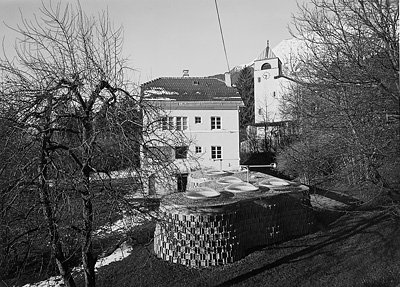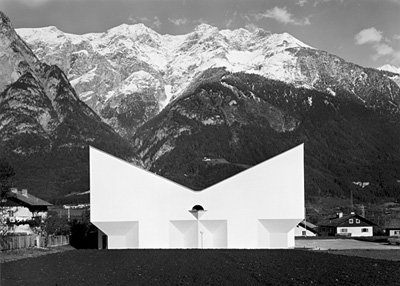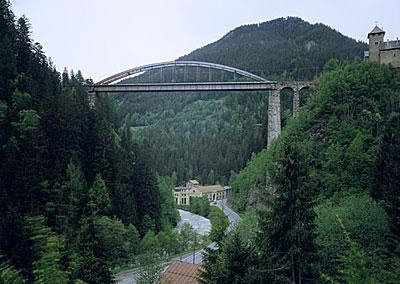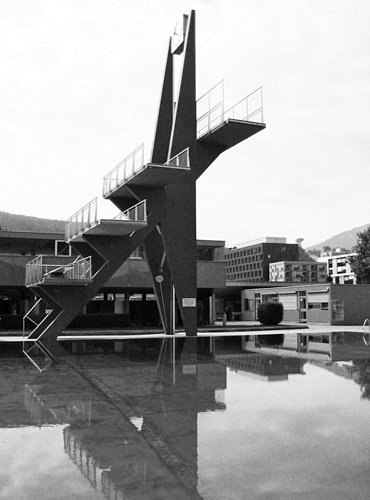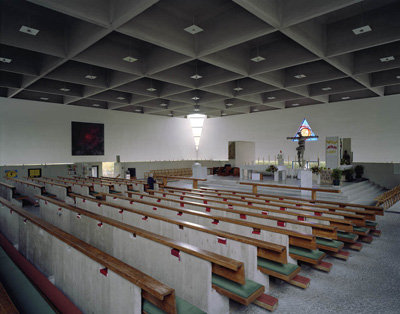Grottenbad Flora (Indoor pool. destroyed in 2018)
Architecture: Josef Lackner (1969) Builder-owner: Paul Flora
With this small indoor pool in a private garden Lackner gave a totally new meaning to what apparently was a rather insignificant and traditional task. It is a small, freely and unconventionally shaped closed space; the light filters through seven Perspex cupolas. It is, thus, also a very intimate private space, and the light dancing on the water adds sensuous joy to the swimming. After a change of ownership, the bath was destroyed in 2018.


